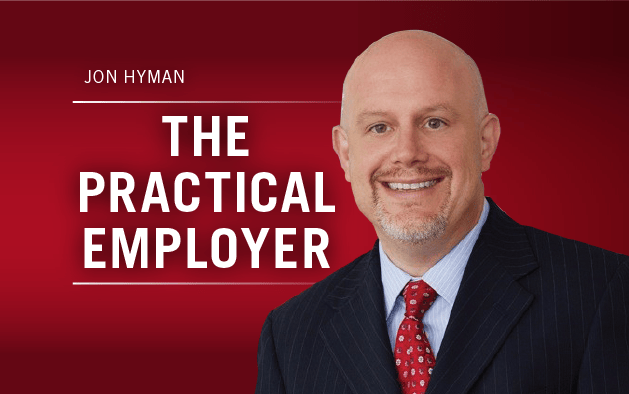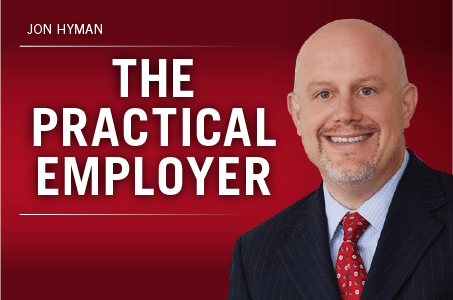Employers are a trusted source of information. Trust could even be the most important unnoticed benefit in any workplace. For years I have strongly believed that trust is a key ingredient to any successful workplace, and two recent studies confirm it in ways that surprised even me.
First, the Edelman Trust Barometer has followed trust around the world for 19 years. The 2019 survey included more than 33,000 people around the globe, and it shows some significant changes from previous years. The summary report says “Trust has changed profoundly in the past year — people have shifted their trust to the relationships within their control, most notably their employers.”
Around the world, 75 percent of people say they trust “my employer” to do what is right. Compare that with the percentage who say the same about NGOs (57 percent), business (56 percent), and the media (47 percent). But that’s not the most interesting finding.
People want leadership from their employers, too. Seventy-one percent of employees say it is “critically important for my CEO to respond to challenging times.” The general population agrees — 76 percent say they want CEOs to take the lead on change instead of waiting for government to impose it.
Edelman’s final conclusion? Employee trust is incredibly valuable to the organization. “Employees who have trust in their employer are far more likely to engage in beneficial actions on their behalf — they will advocate for the organization (a 39-point trust advantage), are more engaged (33 points), and remain far more loyal (38 points) and committed (31 points) than their more skeptical counterparts.”
Also read: Building Trust Through Storytelling
That conclusion mirrors MetLife’s 2019 “U.S. Employee Benefit Trends Study.” This survey, in its 17th year, follows workplace and benefits trends. This year MetLife concludes: “Our research reveals that trust — primarily in an employer’s leadership and their commitment to employees’ success — is the most significant driver of employee happiness at work.”
Why does employees’ happiness matter to the business? The survey shows happy employees are more satisfied with their job, and are loyal, engaged, productive, impactful and successful.
Trust and happiness seem like abstract concepts, but building them is entirely within our control. MetLife identifies these five drivers of happiness at work:
- Employee trust in their company’s leadership.
- Employers’ commitment to employees and their success.
- Culture where employees are encouraged to share ideas and individual opinions.
- Workplace where co-workers feel like family or friends.
- Benefits customized to meet employee needs.
People trust their employers more than they trust nearly any other organization or entity. Trust is also the biggest driver of happiness at work, and when they trust you, employees are more committed to your success and will work harder. Let’s use this moment to do great things!
- Every organization should be taking specific steps to foster even more trust. This could mean:
- Making your leadership more accessible and transparent.
- Taking a more vocal stand on current issues and events, including their impact on your local communities.
- Showing how your organization is committed to employees and their success and taking specific action to give them more of a voice.
- Fostering a greater sense of community and connection at work.
- Helping your people unite around your organization’s mission.
- Focusing on helping individuals to understand their sense of purpose and how they fit in your organization.
- Showing your commitment to your employees’ health and financial security by making it easier for them to understand and take advantage of their benefits.
And if you can, do it all. The results will be great for your people and your organization.
Also in Benefits Beat:
Communicating Your Benefits Vision to Your Executive Team








 Thankfully, courts have stepped in to fill in the ADA’s omission. For example,
Thankfully, courts have stepped in to fill in the ADA’s omission. For example, 
